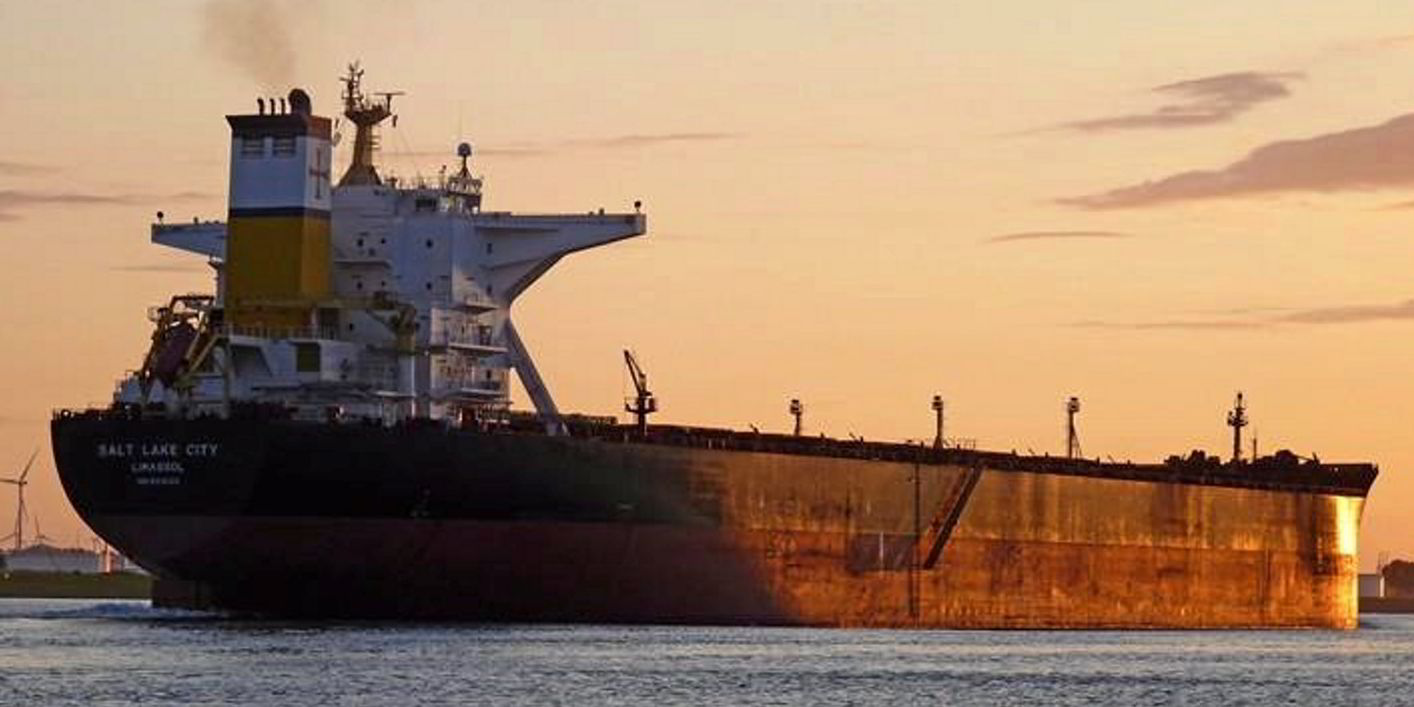Shipping trade volumes have largely returned to pre-pandemic levels as the industry shows "exceptional" recovery powers, Clarksons Research data shows.
The UK company, part of shipbroker Clarksons, said in its latest Covid-19 impact report it is now better able to document the disease's impact on activity.
Managing director Steve Gordon said global gross domestic product fell 3.3% in 2020, but the annual data points do not capture the month-to-month complexities, regional variations and changes in consumer spending that have impacted, and often supported, shipping markets.
"The recovery in seaborne trade — which fell 3.4% in 2020, but with trade in tonne-miles down by a more manageable 1.6% — has been strong, and in some segments exceptional," Gordon added.
Clarksons' monthly seaborne trade basket was down by 12% year on year in May 2020, but only 2% lower in the fourth quarter and up 1% year on year in the first three months of this year.
Sectors still differ
"We have now returned to pre-Covid trade levels, although with varying trends by sector," Gordon said.
The cross-sector ClarkSea Index of rates is averaging $18,385 per day so far in 2021, the best start to a year since 2008 and up 54% on the 10-year average.
After tankers initially benefited from disruption in spectacular fashion last spring, the market has had to manage the impact of production cuts and an oil trade still 10% lower today than pre-pandemic levels, Gordon added.
"Gradual improvements in oil demand and easing supply cuts should support some tanker market improvements into the second half, but with some impacts from Covid on the oil sector lingering, it may not be until 2022 that the oil trade returns to the 2019 level," Gordon said.
'Modest improvements'
A weak short-term outlook, with some modest improvements later in the year seems a reasonable base case, but watch out for pockets of disruption as oil supply returns, Clarksons Research advised.
The recovery has been driven by other sectors. Bulkers have seen rebounding trade volumes, boosted by the carriage of long-haul Atlantic minerals and grains into Asia.
Total dry bulk trade made it back to pre-pandemic levels by the end of 2020.
Panamaxes tied up
Port congestion has also helped, with an additional 3% to 4% of panamax capacity stuck at terminals, compared with a year ago.
"While earnings may ease from their current highs later this year if disruption eases and/or demand strength moderates (eg, as a result of cooling Chinese steel output), the outlook for this year appears positive," Gordon forecast.
It is containerships that have really led the way, however, with an astonishing surge in freight and charter markets to record highs since mid-2020, he added.
Global volumes were back to pre-Covid-19 levels by the autumn.
"Expectations are growing for a more prolonged period of impacts from disruption, with the short-term outlook very positive," Clarksons Research said.
Car carriers not yet fully recovered

Gas markets saw a very strong winter on the back of cold weather and rapidly rebounding long-haul US exports, with trades back to pre-pandemic levels by the end of 2020.
Car carrier markets were very sharply hit by Covid-19, with volumes falling 60% year on year between April and May last year.
But despite rebounding quickly, volumes are not expected to recover to normal levels until later this year.
The charter market has firmed rapidly since mid-2020, with rates rising to five-year highs early this year.
Sale-and-purchase markets have also been "extremely active" so far in 2021, Clarksons Research said.
Asset prices have risen sharply in some sectors, while newbuilding contracting is up, spurred by boxship orders.
Orderbook still low
The overall orderbook remains limited to 8% of the fleet, however.
Looking ahead, Gordon said analysis of the latest Chinese five-year plan suggests it will be generally positive for shipping, but perhaps with a greater emphasis in growth terms on energy imports, grains, minor bulks and chemicals — reflecting a larger but more mature economy.
Post-pandemic planning has now become a focus for owners, the company argues.
"While some of this planning is around ensuring short-term capacity for increasing activity levels and expected economic recovery, there is also a focus on longer-term trends that have been amplified," Clarksons Research said.







